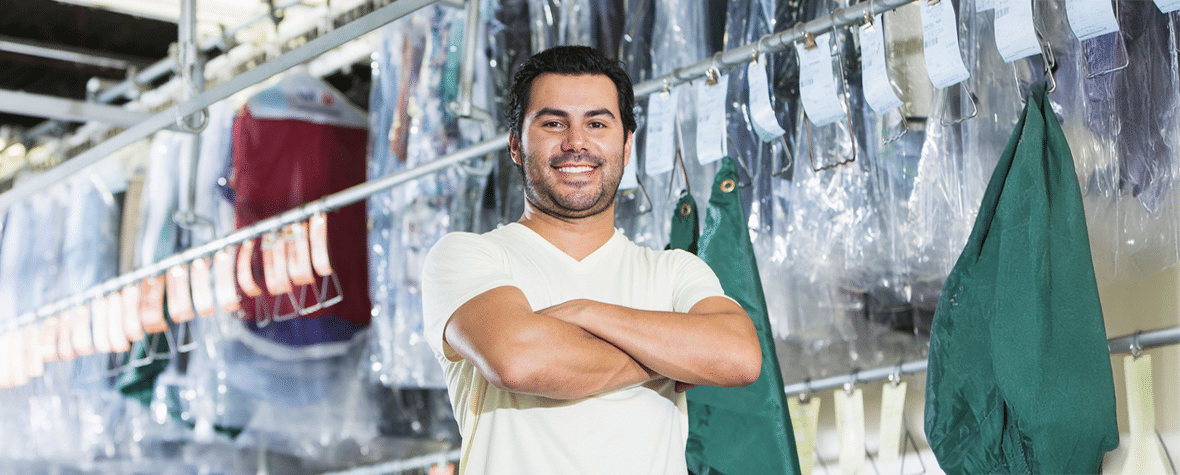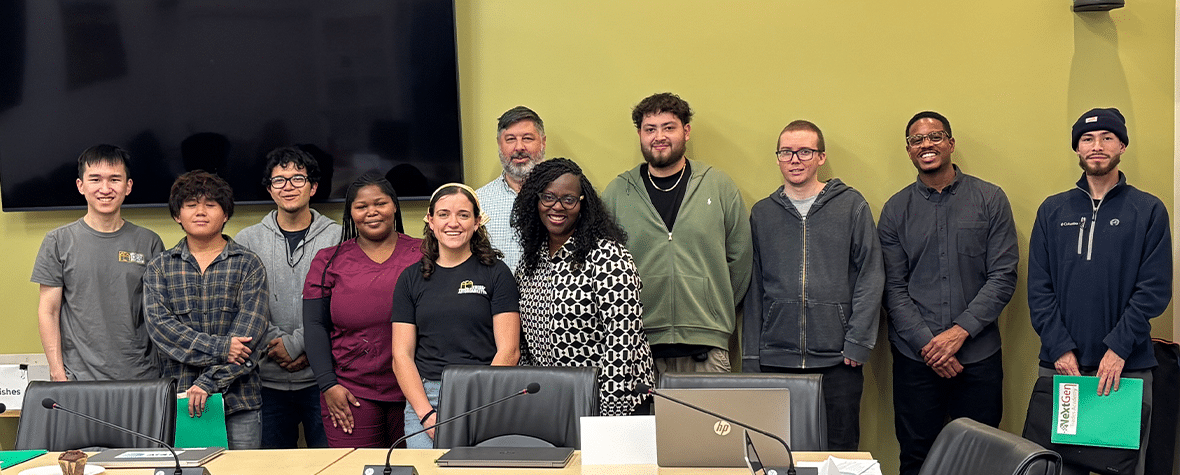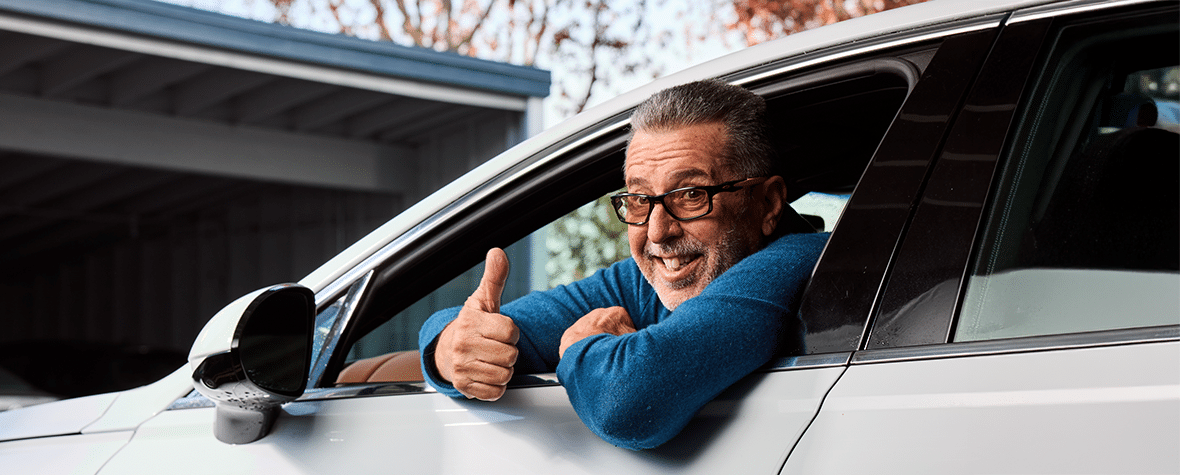Growing up in Richmond meant the constant sound of trains and sirens. The city was shaped by industry, shipyards, and freight lines, alongside the ever-present weight of violence and hardship. Richmond had a tough reputation, and those challenges defined the world many of us knew.
Richmond carried a reputation as one of the most polluted cities in the Bay Area — something you couldn’t always see, but you could feel. I had asthma from a young age and often relied on a nebulizer, sitting for half an hour at a time, waiting for the vapor to open up my lungs. I didn’t fully understand what was happening; I just knew I couldn’t breathe without it.
When I worked at Suelos urbanos in North Richmond, I would pass the Solar One farm almost every day on my commute from South Richmond and come back to the same question. How do we heal a city facing urgent challenges while also laying the groundwork for systems that prevent them in the future?
Years later, as a current intern with MCE, I toured the Solar One farm: rows of giant solar panels stretching as far as the eye can see. Our guide explained that it was built in the aftermath of the 2012 Chevron refinery fire, a fire that sent thousands of Richmond residents to the hospital and revealed just how vulnerable our community was.
The project was conceived by the Richmond community itself to transform a 60-acre remediated brownfield site — land that had been contaminated by industrial use — into something that could heal rather than harm.
Standing there at the farm, though, I felt deep gratitude for everything that the sun provides for us. The shift from fossil fuels to renewable energy isn’t just an idea — it’s happening right here in Richmond.
Solar One is part of a larger movement led by MCE, which is expanding access to clean energy, supporting local solar projects, investing in battery storage and electrification, and helping communities reduce their reliance on fossil fuels. Solar One’s 10.5-megawatt capacity now powers around 3,000 homes annually and has generated up to 198,500 megawatt-hours to date. But standing on that farm, these numbers weren’t just statistics. They also represented cleaner air, healthier lungs, and real jobs for real people.
My favorite part of the project was the collaboration with RichmondBUILD, a local job training academy. By requiring that 50% of the workforce be Richmond residents, the project created real opportunities. Over 83,000 total labor hours were completed by union workers, offering hands-on training and immediate job opportunities in clean-energy construction. As a result, local workers gained valuable skills, launched careers, and are now in a position to uplift not only themselves but also their families and communities.
To me, Solar One is a reminder that even in a city shaped by hardship, we can choose to turn pain into progress and light the way to something better.




